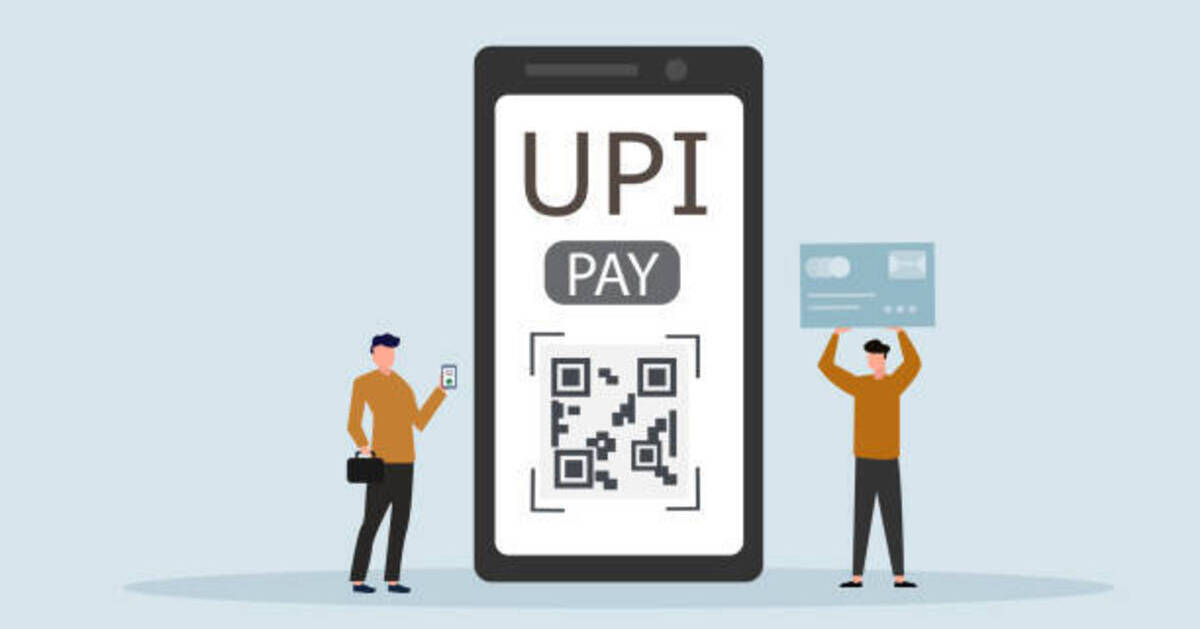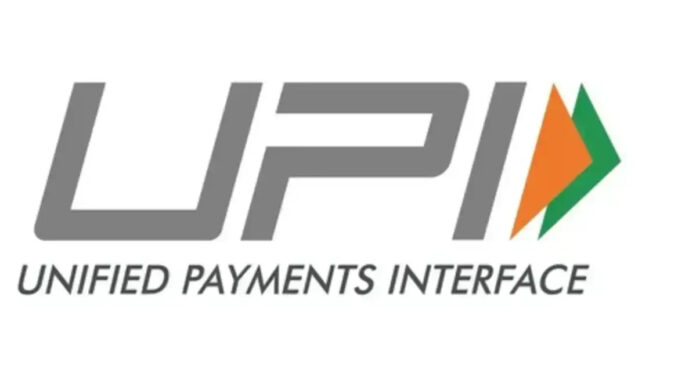Is the Free UPI Model Sustainable? RBI Governor Sparks New Debate
UPI, or Unified Payments Interface, has completely changed how we transfer money in India. It’s quick, free, and widely used — but there’s a new discussion happening that might affect both consumers and businesses in the near future.

The Business Name Behind It All
UPI is operated by the National Payments Corporation of India (NPCI), and it’s supported by several banks and digital platforms. While it has grown rapidly over the years, the biggest question now is about its business model. How can something used by billions of people stay financially free forever?
Understanding the Current Model
 Right now, UPI payments do not carry any transaction fee for users. This is great for consumers, but it puts a financial burden on banks and other service providers who process these payments. Over time, the cost of maintaining the infrastructure and supporting the system is growing, especially as UPI volumes continue to rise.
Right now, UPI payments do not carry any transaction fee for users. This is great for consumers, but it puts a financial burden on banks and other service providers who process these payments. Over time, the cost of maintaining the infrastructure and supporting the system is growing, especially as UPI volumes continue to rise.
The Market Situation and What’s Changing
In a recent event, RBI Governor Sanjay Malhotra pointed out that the current model is not sustainable in the long term. He mentioned that UPI needs a sustainable financial model if it is to keep growing without causing losses to the system. This is especially important now, as subsidies and backend costs are becoming a concern for service providers.
Expert Opinion – What Industry Leaders Say
Several financial experts agree with the RBI’s view. A few believe that even a small fee structure for UPI transactions, especially on high-volume or business-related transfers, could help keep the model financially healthy. Others stress the importance of maintaining free access for the public while charging enterprises who benefit the most from these instant payments.
What This Means for Businesses
Many businesses rely on UPI payments to collect money from customers. From local grocery shops to big e-commerce websites, UPI is everywhere. But if the model changes, and a nominal fee is introduced, it could affect how these businesses manage profits and pricing.
UPI Event Update – A Look at the Bigger Picture
During the RBI event, the central bank did not announce any immediate changes but clearly signaled that a conversation is underway. There’s a need to balance accessibility for users and financial sustainability for institutions. As part of a wider digital payment strategy, we could see further announcements or consultations in the coming months.
Result and Market Reaction
Markets haven’t reacted dramatically yet, but fintech firms and banks are paying close attention. The larger conversation about UPI’s future will likely influence upcoming digital policies, and possibly even investor decisions in fintech and banking sectors.
So, What Should We Expect Next?
For now, nothing changes for the average user. You can still send and receive money via UPI without any fee. But for the long-term, some changes might be necessary to ensure the system’s growth and efficiency. Whether it’s a tiered pricing model or government support, the debate on UPI’s business needs has clearly begun.
Disclaimer:
This article is for informational purposes only and does not constitute financial advice. Please consult financial experts or regulatory bodies for the most accurate and updated information regarding UPI policies or related business decisions.

